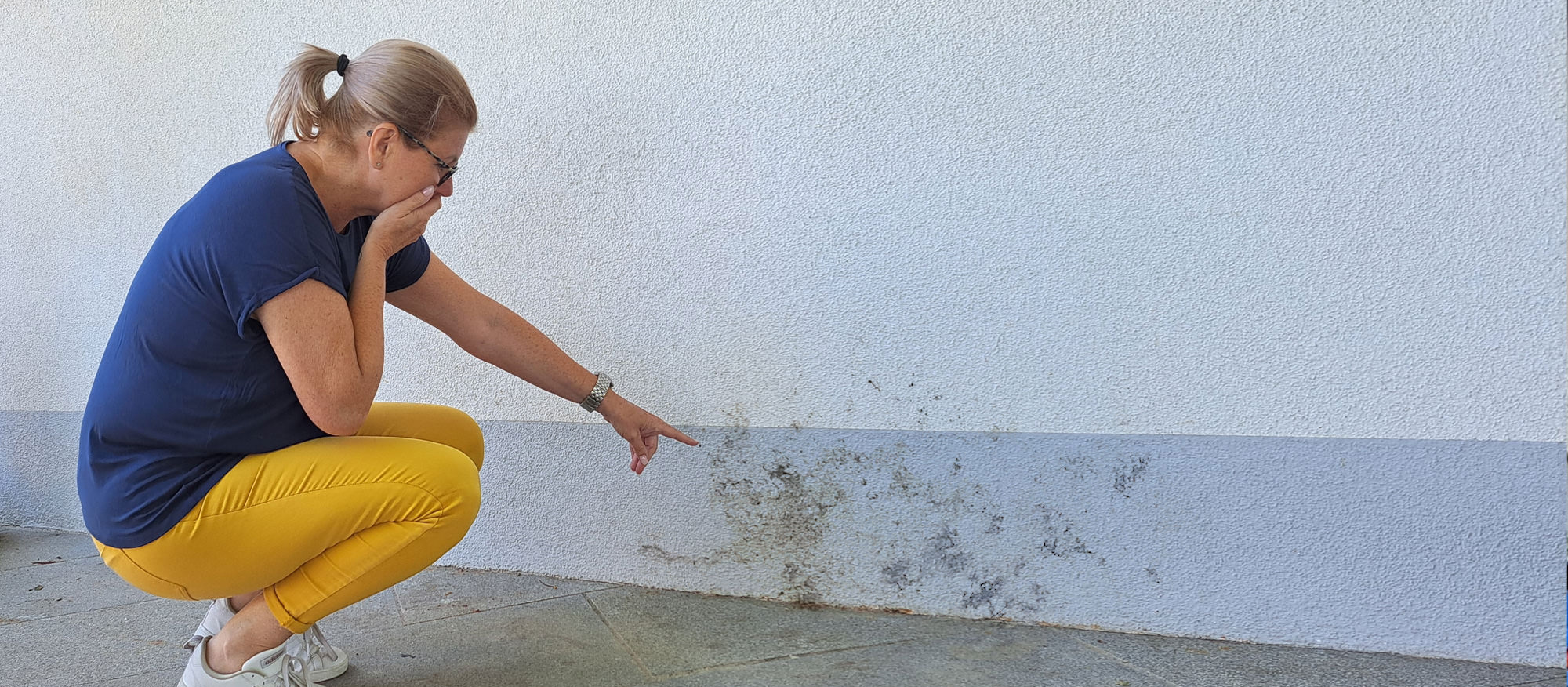
25. bis 28. April 2024
Bauen + Wohnen Tägi Wettingen
Halle 2, Stand 204

Wir freuen uns auf Ihren Besuch.
26. bis 29. Sept. 2024
Halle 3, Stand E21

Sie finden uns an der Messe «Bauen & Modernisieren», Messe Zürich. Wir freuen uns auf Ihren Besuch.
Feuchte Mauern?
Wir haben die Lösung.
Unsere Lösung für die nachhaltige Trockenlegung von Gebäuden heisst OMBRELLO® – ein kleines Gerät mit grosser Wirkung. Es stoppt die seitlich eindringende bzw. kapillar aufsteigende Feuchtigkeit, befördert sie ins Erdreich zurück und wirkt so als Schutzschirm für Ihre Liegenschaft. Das Gerät funktioniert rein physikalisch, ohne Chemie.
home-dry – Ihr Spezialist für Mauerentfeuchtung
Feuchte Mauern, nasse Wände im Keller und im Haus, modriger Geruch in Gebäuden und Schimmel Zuhause – das alles muss nicht sein. Die home-dry® gmbh ist spezialisiert auf das Trockenlegen/die Mauerentfeuchtung von Mauern, Wänden und Kellern. Unsere physikalische Technologie für die Trockenlegung von Gebäuden garantiert trockene Mauern und Wände und legt so den Grundstein für trockenes und behagliches Wohnen. Putzabplatzungen, Salzausblühungen, nasse Stellen an Wänden sowie Schimmel sind bald Geschichte.
Vorteile von OMBRELLO®
- OMBRELLO® wird in der Schweiz entwickelt und hergestellt – Unser Produkt weist höchste Qualität auf.
- OMBRELLO® beseitigt die Ursache der Feuchtigkeitsschäden statt nur die Symptome zu kaschieren – Unsere Lösung ist nachhaltig ausgelegt.
- OMBRELLO® wirkt unabhängig von der Bausubstanz.
- Es sind keine baulichen oder chemischen Massnahmen nötig.
- Unsere Lösung erzeugt keinen Elektrosmog und ist umweltfreundlich.
- OMBRELLO® arbeitet energieeffizient – der jährliche Stromverbrauch liegt zwischen CHF 8.– und CHF 10.–.
- Wir begleiten Sie von der Ursachenanalyse bis zur abgeschlossenen Trockenlegung.
- Wir gewähren eine Trockenlegungs- und Trockenerhaltungsgarantie seit 1992.
Mauerentfeuchtung mit Trockenlegungsgarantie
Dank unserer langjährigen Erfahrung im Bereich der Mauerentfeuchtung und dem Erfolg mit OMBRELLO® können wir unseren Kunden seit 1992 die Trockenlegungsgarantie gewähren. Sollte Ihr Gebäude innerhalb von 3 Jahren nach Beginn der Trockenlegung nicht trocken sein, erhalten Sie ihr Geld zurück. Detaillierte Messprotokolle dokumentieren den Verlauf der Entfeuchtung und dienen als Grundlage und Beleg für Ihre Garantie.

Anwendungsbereiche
Unsere Technologie wirkt unabhängig von der Bausubstanz und muss nicht wie andere Verfahren vorerst darauf abgestimmt werden. Sowohl Sand-, Ziegel- und Naturstein, Misch- und Betonmauerwerke als auch Holz und andere natürliche Baustoffe können mit OMBRELLO® trockengelegt werden.
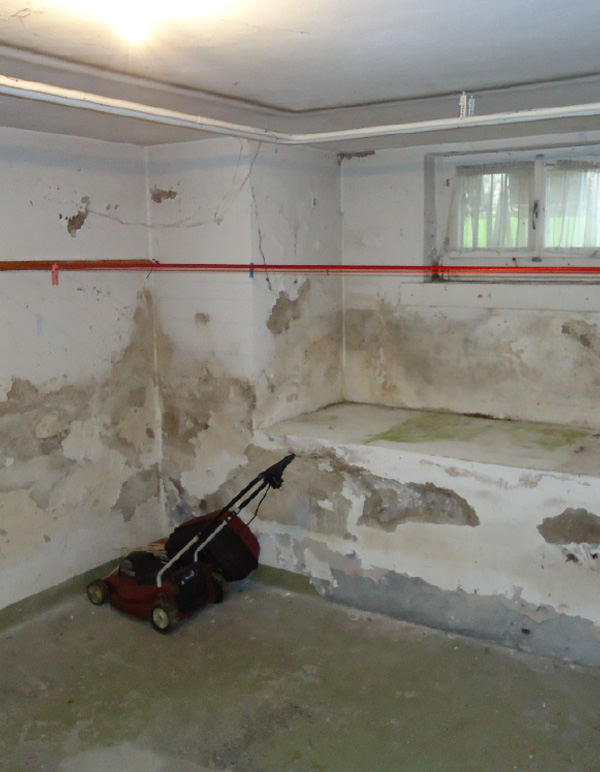
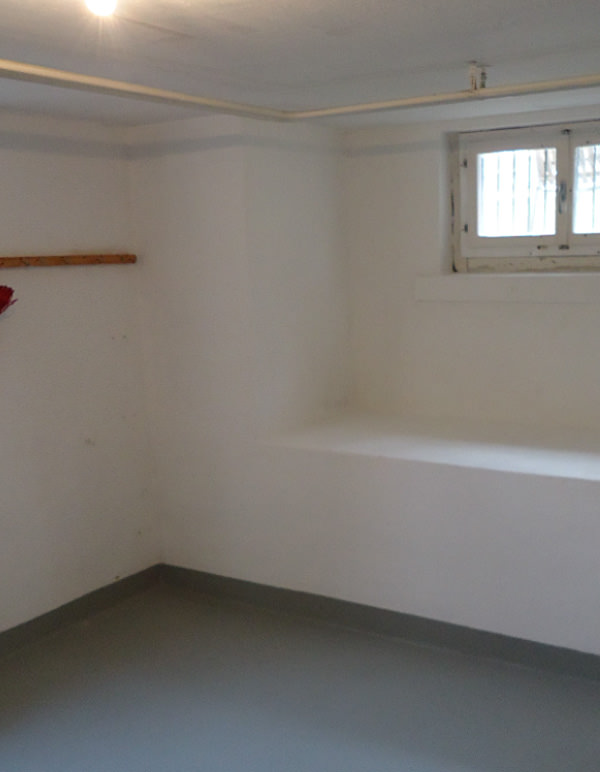
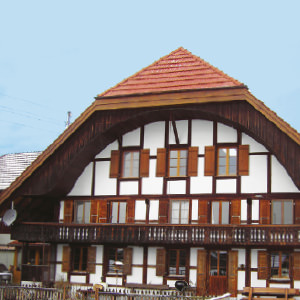
Historische Gebäude und Altbauten
Die physikalische Trockenlegung mit OMBRELLO® ist eine schonende Methode, um Feuchtigkeitsprobleme in historischen Gebäuden zu lösen, indem sie sowohl den baulichen als auch den kulturellen Wert bewahrt und langfristige Vorteile für die Gebäudestruktur bietet.

Hotelanlagen und Neubauten
Die physikalische Trockenlegung bietet einen langfristigen Schutz vor Feuchtigkeitsschäden auch bei Hotelanlagen und Neubauten und fördert eine gesunde Wohnqualität.
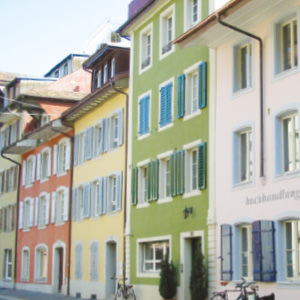
Mehrfamilienhäuser und Ferienwohnungen
OMBRELLO® bietet eine langfristige Lösung zur Beseitigung von Feuchtigkeitsproblemen, was die Wohnqualität verbessert und Schäden an der Bausubstanz verhindert, um den Wert der Immobilie zu erhalten.
home-dry – Wir legen Ihr Gebäude trocken – nachhaltig und garantiert.
home-dry ist ein Familienunternehmen. Seit den 80er Jahren haben wir umfangreiche Erfahrungen im Bereich der Gebäudetrockenlegung gesammelt. Unser Schweizer Mauerentfeuchtungssystem OMBRELLO® beseitigt und verhindert die Ursache feuchter Mauern ohne bauliche Massnahmen, chemiefrei und unschädlich für Menschen, Tiere und Pflanzen. OMBRELLO® ist somit die kostengünstigste Alternative zu bautechnischen Sanierungsmassnahmen. Durch unsere klare Serviceorientierung können wir eine umfassende, kompetente und zufriedenstellende Gesamtleistung bieten. Jedes von uns installierte Mauerentfeuchtungssystem unterliegt der Trockenlegungs- und Trockenerhaltungsgarantie.
